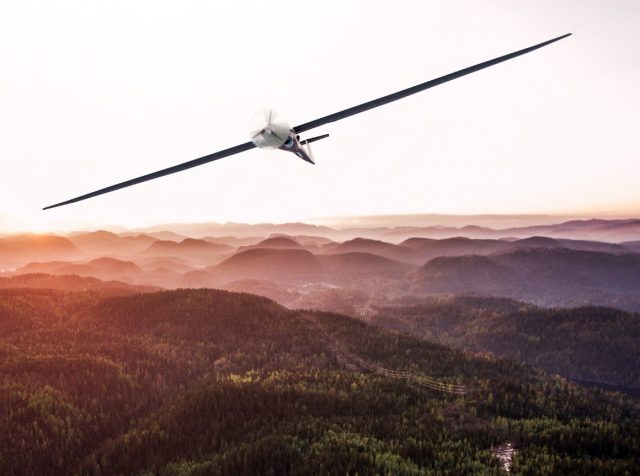The US Air Force Research Laboratory’s Center for Rapid Innovation has completed initial flight tests for the ultra long endurance aircraft platform (Ultra LEAP) with a continuous flight demonstration.
This series of flight tests began in Februars 2019 at Dugway Proving Ground, Utah, culminating with a two and a half-day continuous flight demonstration from December 9 to 11.
Subsequent flight tests will demonstrate increased levels of flight endurance.
Ultra LEAP consists of a high-performance commercial airframe converted to a fully automated system with autonomous takeoff and landing capabilities. Ultra LEAP also features secure, easy to use navigation employing anti-jam GPS and full global operational access via a satellite-based command and control and high-rate ISR data relay link.
“Developing a UAS with this level of endurance is an incredible achievement for future warfighting and battlefield success,” said Paul Litke, the AFRL project engineer leading this effort. Litke said since the system employs many commercial off-the-shelf components, Ultra LEAP is expected to dramatically shift the ISR cost-performance curve for the US military.
Developing Ultra LEAP from concept to first flight took less than 10 months, and the system could be ready for operational fielding as soon as 2020.
“Accomplished after only 10 months of development by our AFRL industry team, today’s 2 1/2-day Ultra LEAP mission is a significant milestone in solving the tyranny of distance problem for ISR systems,” said Dr. Alok Das, AFRL senior scientist and the CRI director. “It will provide immediate benefit to our warfighters while at the same time paving the path for future low-cost, multi-day endurance ISR systems.”
Ultra LEAP employs many of the subsystems and lessons learned from AFRL’s prior LEAP program, a UAS that supports missions up to 40 hours. To date, LEAP has completed more than 18,000 combat flight hours and demonstrated one of the lowest mishap rates and smallest mission crew size of any operational UAS in its class. CRI employed the same strategy in both efforts of converting existing aircraft into ISR platforms.



























